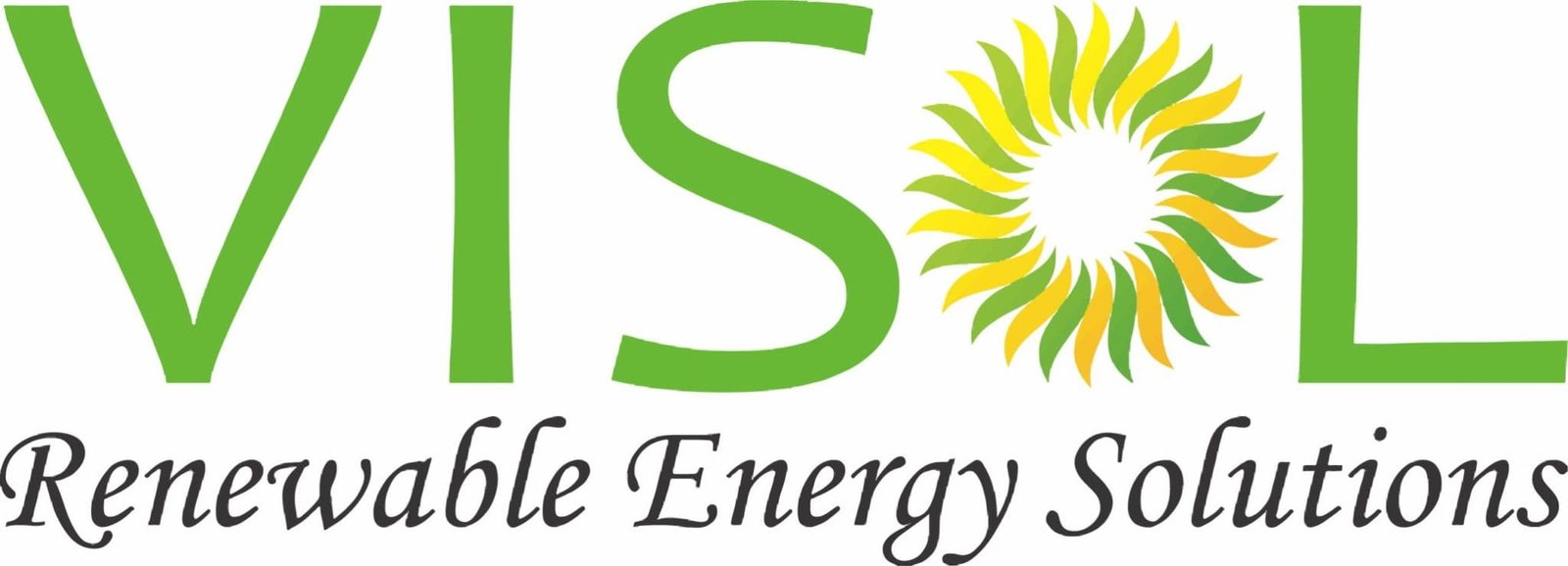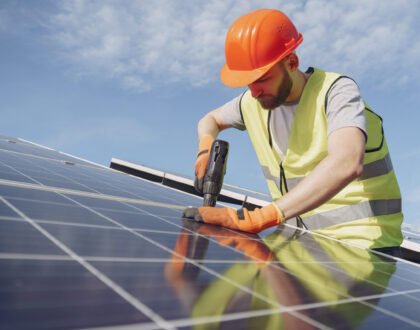How manufacturing Industries can reduce their cost of operations post Lockdown through Solar energy at zero cost???


COVID 19 pandemic and the subsequent Lockdown, now in its fourth version has the most unprecedented effect on the manufacturing sector in the recent times. India’s factory output contracted a record 16.7% in March 2020 against a rise of 4.62% in February due to all economic activities coming to a standstill. Adopting solar energy in the current scenario can be one of the unique cost reduction strategies for the manufacturing industries. Most of the industrial roofs are unused and going for a Solar rooftop power plant can help them achieve around 30%-50% savings on electricity expenses along with a reduction in their carbon footprint. In the case of insufficient roof space, any ground space or offsite location can also be utilized. There are unique Finance models (OPEX Model) designed where a third party can invest for your solar power plant and the user has to pay only for the electricity consumed at a tariff which would be 30-50% lower than what the user is paying to the local electricity DISCOM.
For FY20, industrial production contracted 0.7% against 3.8% expansion in FY19. April data is expected to be worst as a result of complete lockdown. May is unlikely to be better either, even though there are signs of recovery with some the businesses starting their operations. The manufacturing industry, which contributes almost 20% of the GDP has been affected the most. Of this, 50% is contributed by the auto industry. Even before the lockdown, the auto industry was on a decline, with a reduction in sales by more than 15%. The unorganized industry will face a more severe situation. The uncertainty would impact smaller organizations with lower resilience due to reduced or no orders and profitability.
On an average, the Lockdown would affect the profitability of the companies to the extent of about 30% of its annual profit. Post-Lockdown there will be an impetus on growing revenues, new product launches, and most important Cost reduction strategy wherever possible. Many industries have been leveraging their facility rooftops and saving money and environment at the same time but post lockdown Solar energy will be a boon to the industries struggling to survive. The lifecycle of a typical solar power plant is 25 years. The OPEX Finance model for solar plants constitutes a power purchase agreement (PPA) between the user and the developer/investor for a period of 10, 15, or even 25years. Installation, operation. maintenance, insurance, etc are taken care of by the investor for the period of the Agreement. Thereafter it is handed over to the user. We can briefly sum up the benefits as follows:
No Investment: Zero investment by the company. Pay as per the generated units of electricity.
Risk-Free: The company is risk-free as there is no upfront investment. Installation, operation. maintenance, insurance is the responsibility of the developer/ Investor.
30-50% reduction in operational costs: The PPA rate per unit of electricity generated through solar will be 30-50% less than your current tariff paid to the local DISCOM. The best part of the PPA is that the tariff can be stable for at least 10-20 years depending on the PPA.
Be sustainable and reduce carbon footprint: The company can join the league of sustainable organizations by committing to reduce the carbon footprint.
So forget the worry of cost reduction post-Lockdown and save 30-50% on your operational expenses by using the abundant and free energy of the sun. This universal source of energy is here to stay forever.
Team Visol





